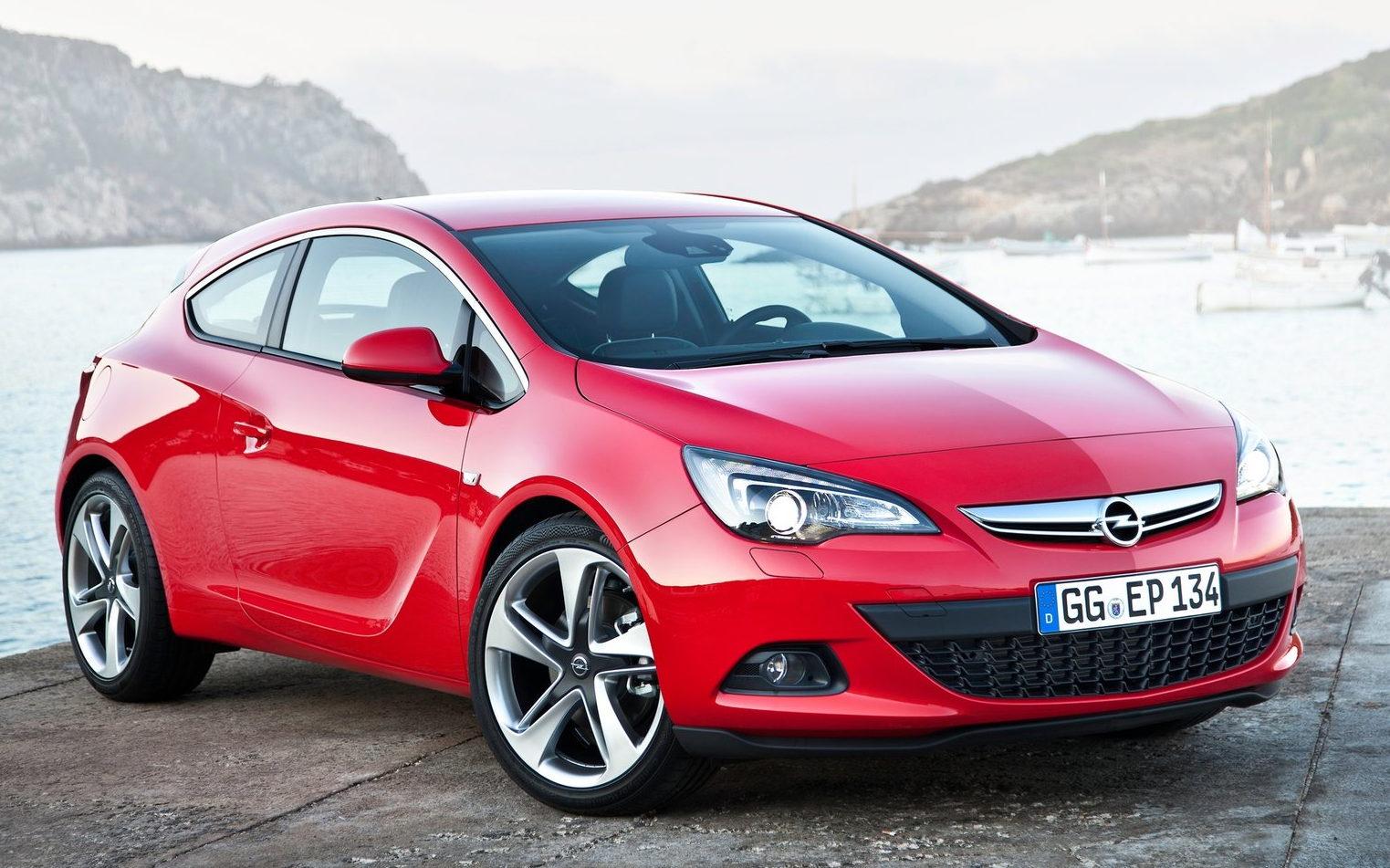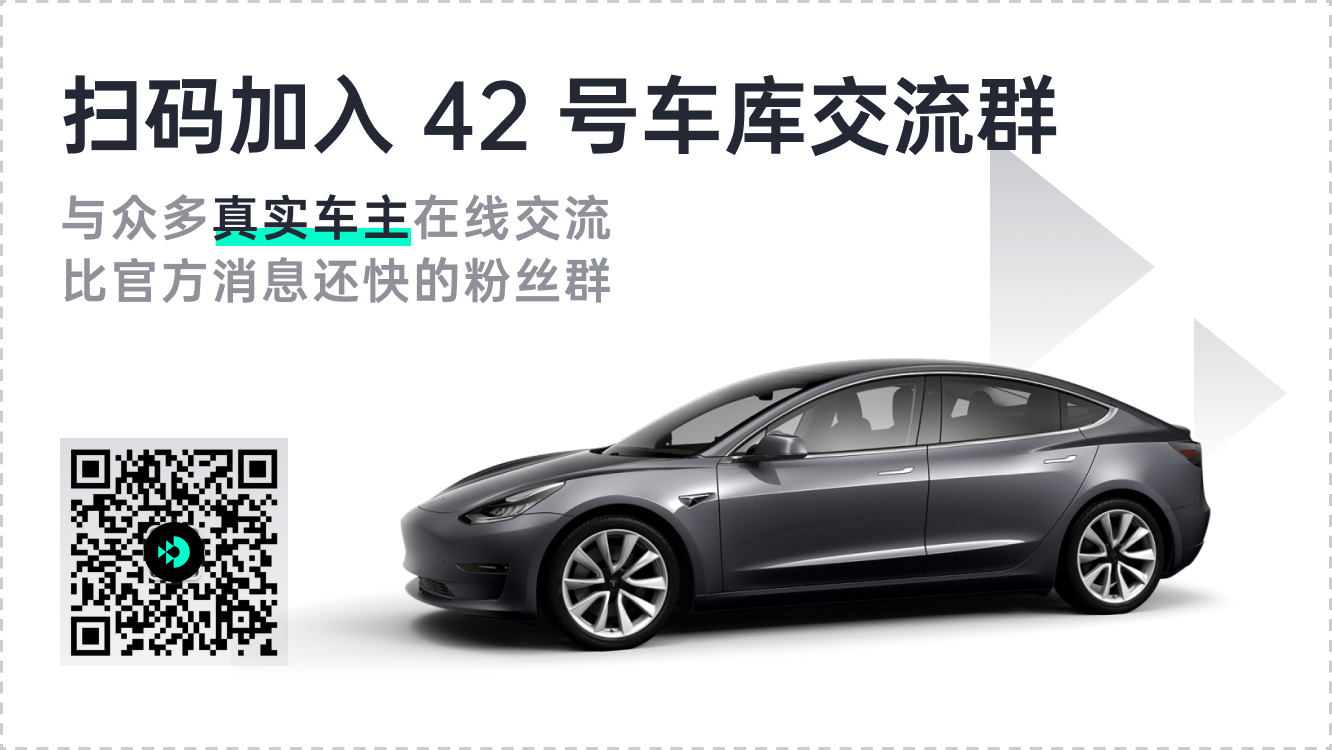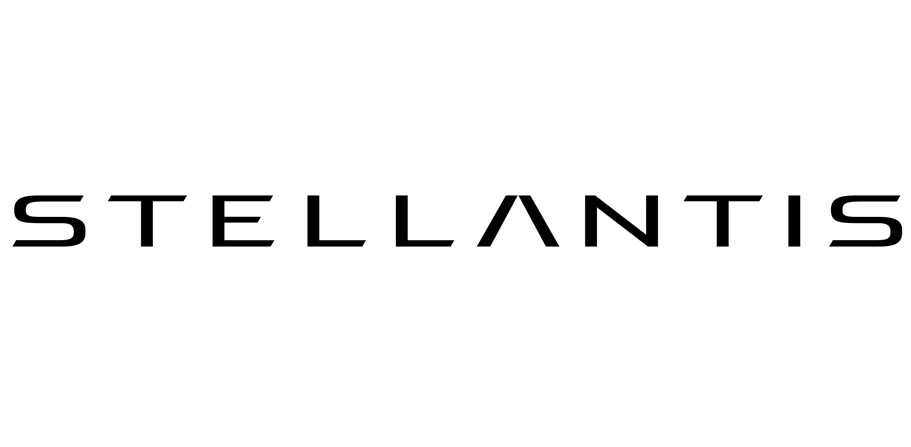Introduction
President Hou worked on product planning and definition related work in a traditional car manufacturer.
Fiat Group – The Stingy Old Horse
The story of FCA goes back to 2004, when Marchionne was appointed CEO of Fiat S.p.A. In 2009, Fiat Group acquired the bankrupt Chrysler and established the FCA alliance, with Marchionne as the alliance chairman – the highest leader of the company.
Actually, Marchionne wasn’t a fan of cars – essentially, he was an accountant with a financial background. Therefore, under his leadership, FCA did not make any particularly significant progress in recent years.
The Fiat 500 concept car was released in 2004 (the project had already started), and it was not replaced until 2020 after Marchionne took over. Fortunately, the retro look of the car has proved popular enough to keep it going even without a facelift.
Similarly, the Panda has been on the market since 2011 and shows no signs of being replaced. The 500L was launched in 2012 and the 500X in 2014, both of which have also been in service for an extended period of time.
The TIPO was born from a low-cost architecture, but it has nothing to do with the early high-performance compact car Bravo.
The entire Fiat brand is basically dominated by old, outdated, and worn-out products.
In addition to Fiat, the group has four other brands:
Ferrari currently operates independently, operating the F1 racing team, producing pure sports cars, and related theme parks. The operation of this part is basically normal.The situation is different for Maserati. Originally positioned as “higher-end luxury cars,” they are one level higher than the mainstream BBA and emphasize performance, requiring a relatively high-level platform that should ideally be close to Porsche’s current level.
However, Maserati currently only has two platforms, one of which has been used since 2007 for sports cars, producing the GranTurismo and GranCabrio, and their performance can be imagined.
As for the familiar Ghibli, Levante, and Quattroporte, they are from a platform that was introduced in 2013. Judging from the Quattroporte test-driven by the president, this platform is also basically a mess.
On the other hand, Lancia, another brand, seems to have been forgotten.
This classic European brand only has one car model, the Ypsilon, which has been sold since 2011. Even more ridiculous is that the Lancia brand used to sell the Chrysler 300c and Dodge Dragon with logo for a period of time, which can be said to be completely shameless.
Alfa Romeo is a little bit better.
The small car Mito was sold from 2008 to 2018, but there is no next generation. However, this car is a very beautiful Alfa, and every time I see one in Europe, I want to look at it a little more.
The compact Giulietta has been sold since 2010.
The two current main cars, Giulia and Stelvio, come from a newly developed platform. However, only Giulia is doing well, while Stelvio is very average.
According to a previous plan, the C-SUV and E-SUV, mostly use products shared with Chrysler, one of which is modified from compact SUVs such as the Compass, and the other is shared with the next-generation Grand Cherokee.If you have some knowledge of product architecture development, you will find that Fiat is in a very difficult situation – the architectures cannot be shared among brands, resulting in a very low return on investment for products. Investing in one architecture can only create two or three products for one brand, unlike Volkswagen which invests in an MQB and can reap a bunch of odd-shaped cars.
Therefore, as a finance person, Mr. La Ma, chose…not to invest. So we can see a large number of products with an extended service life.
Chrysler: Another Mix & Match
Chrysler Group has four brands: Ram, Jeep, Chrysler and Dodge.
Ram’s core model is a pickup truck with a large beam.
Jeep mainly focuses on SUV models, and its size is also on the larger side.
Although the Chrysler brand has fallen, it still has two very distinctive products – full-size rear-wheel-drive sedans and large MPVs.
Dodge – positioned at the low end, mainly focuses on SUVs and full-size sedans.
Looking at it, you will find that Chrysler’s product line is also very desperate – SUVs, full-size sedans, full-size SUVs, full-size MPVs, beam-bearing off-road vehicles (Wrangler), and beam-bearing trucks.
The architectures between these products are also completely non-sharable – just like Fiat Group. Moreover, the overlap between the product architectures of these two companies after the combination is completely incompatible. Fiat Group is good at high-end sports cars, micro/compact cars, sports compact/mid-size sedans, etc. which are almost irrelevant to Chrysler’s products.
However, on the limited basis of overlap, the FCA Group still tried to make as many products with shared architectures as possible.
For example, the C-Evo platform spawned the Dodge Dart, Fiat Viaggio, Jeep Cherokee, and later developed the larger Grand Commander. At the same time, the old 500C/500X platform was also used to develop the Jeep Renegade and Compass.
It can also be considered as trying one’s best.
PSA: A Unique Small Car Specialist Company in EuropePSA’s products have obvious French characteristics, with everything prioritizing the French market. This is reflected in its product lineup, which is mainly comprised of small and sedan cars, with a very gradual expansion into the SUV market and even preferring MPV product lines over SUVs.
PSA also emphasizes sportiness and design, which has created a unique product tone that has made it difficult to gain enough market recognition in China. In 2010, PSA made a bold attempt at high-end product lines with the launch of the DS brand. This move was a thoughtful plan based on PSA’s historical tradition and platform conditions, as well as its competitive advantage in unique design capabilities. However, due to the strong French flavor of its products, DS had not been widely accepted globally. Moreover, in Europe, DS is limited by overall poor economic growth and has not achieved breakthrough sales figures. PSA’s attempt at high-end product lines can be said to have been a failure.
The merger of PSA and Opel is a good case study. Opel also primarily covered European demand for products, which is consistent with PSA’s focus. The merger allows for the full utilization of platform advantages, achieving four brand products (Peugeot, Citroen, DS, Opel) on one platform, which expands the scale and generates more profits. The main challenge is to maintain the unique style of Opel, which is not a major issue for PSA given its design capabilities. Furthermore, Opel’s small cars and commercial vehicles are complementary to PSA’s product lines.However, when I saw the new products released by Opel, I thought the French might be making the same mistake again – France first, and everyone else is inferior. The design is really not that great, at least compared to the new Regal back then, the Astra GTC is far behind.

Of course, regardless, both companies still have a highly consistent product line in terms of sedans and commercial vehicles. They can also use some of PSA’s affordable SUV platforms to expand the Opel SUV product line. It can be said that this is also a good situation.
But a speck of dust from history falling on a person is like a huge mountain. After the merger of PSA and Opel, they no longer need as many research and development personnel as Opel-GM Europe. After the final job is completed, these people will most likely be laid off and scattered.
The Second Merger: PSA/Opel and FCA-SA Alliance
With the death of Marchionne, FCA’s management became even weaker, and the Agnelli family accelerated the pace of selling the company – after all, the Agnelli son was not interested in cars, and the profitability of this mess was also average. Operating hard every year, the profit margin is still not as good as selling clothes.
In fact, the FCA Group had already reached a certain agreement with Renault-Nissan, but with Ghosn imprisoned, this matter also disappeared. In the end, FCA sold itself to PSA/Opel and merged into a new alliance – STELLANTIS.
The president actually sees this merger as a good thing.
Firstly, PSA can perfectly solve the current FCA Group’s problem with small cars – the small cars of Lancia, Fiat, and Alfa Romeo will have the opportunity to share platforms with Opel, Peugeot, Citroen, and DS small car products.
Secondly, considering the demand for products such as Jeeps, the merged group will have greater sales on SUV platform development – with Peugeot, Citroen, Alfa Romeo and Opel four brands, they can share SUV platforms that were originally only available for Jeep.
Moreover, both companies have a large number of commercial vehicle product sales in Europe and North America, and the architectures of these products can also be merged.In the end, with the help of FCA’s influence in the US, PSA Group may once again enter the US market and gain new growth opportunities (though not great ones).
To use a card game analogy, PSA previously had some weak cards in their hand and couldn’t form a good combination. But now with Opel’s cards, they can form some pairs and increase their strength.
FCA had both big and small cards, but they were not consecutive. After combining with PSA’s cards, they can basically form a more complete combination of cards, such as three 5’s with a pair of 3’s, and return to the game.
With the integration of these platform architectures, factories, and R&D resources, the new alliance will undoubtedly demonstrate greater energy. In the context of the global pandemic and economic downturn, resource integration will support the alliance to continue developing new products, such as a brand new electric vehicle on a pure electric platform. Currently, they have mostly made hasty improvements to fuel vehicle platforms and have few complete electric vehicles.
Although the vision is good, it all depends on whether the French can operate this global company without bias and with a global perspective – this is perhaps the only stumbling block for this family business.
If you are familiar with the usual behavior patterns of French companies, you will surely know what the president means.

This article is a translation by ChatGPT of a Chinese report from 42HOW. If you have any questions about it, please email bd@42how.com.
